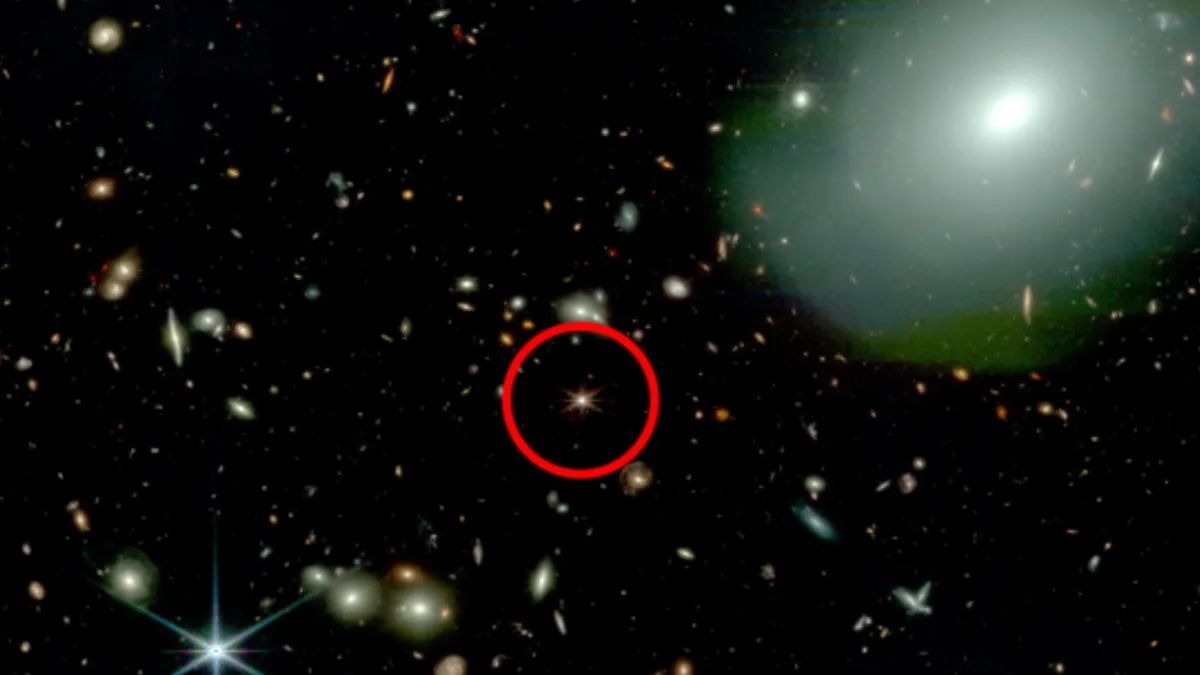Using the James Webb Space Telescope (JWST), astronomers have made an intriguing discovery: surprisingly isolated supermassive black holes powering quasars, dating back 13 billion years to the early universe. This observation challenges previous theories about how black holes accumulate mass and grow to monstrous sizes so quickly after the Big Bang.
For the first time, thanks to the JWST’s advanced capabilities, researchers can closely examine the environments where these early universe quasars developed. Surprisingly, the findings revealed that these quasars do not always reside in the densely populated regions of space as previously thought. Instead, some are found in sparse, almost empty areas, raising questions about how they were able to gather sufficient matter to grow.
Anna-Christina Eilers, an assistant professor of physics at Massachusetts Institute of Technology, highlighted the unusual settings of these quasars, which complicate the established understanding of black hole formation. Typically, supermassive black holes, which are thought to be at the center of all large galaxies in the more recent universe, require a continuous influx of gas and dust to reach and maintain their massive sizes. This process is believed to be driven by the cosmic web of dark matter, which directs gas and dust to the black holes, aiding their rapid growth.
However, the JWST’s observations suggest that these early supermassive black holes may have grown under different conditions, which could indicate that our current models of their development need revising. The disparities in the surrounding densities of these quasars—ranging from rich galaxy clusters to barren environments—imply that there might be alternative mechanisms at play that facilitate their growth.
The findings not only add a new layer of complexity to our understanding of black hole formation but also underscore the invaluable role of the JWST in pushing the boundaries of space exploration. By capturing light from over 13 billion years ago in unprecedented detail, the telescope offers a unique glimpse into the past conditions of the universe, allowing scientists to study phenomena that were previously beyond our reach.
For more detailed insights into this fascinating discovery, you can read the full article on Live Science.
The implications of these observations are profound, as they may lead to new theories about the early universe’s structure and the role of dark matter in galaxy formation. As researchers continue to study these isolated quasars, they hope to uncover whether these massive black holes had ‘growth spurts’ that allowed them to reach such extreme sizes at a rapid pace, or if other, yet-to-be-discovered processes were involved.
